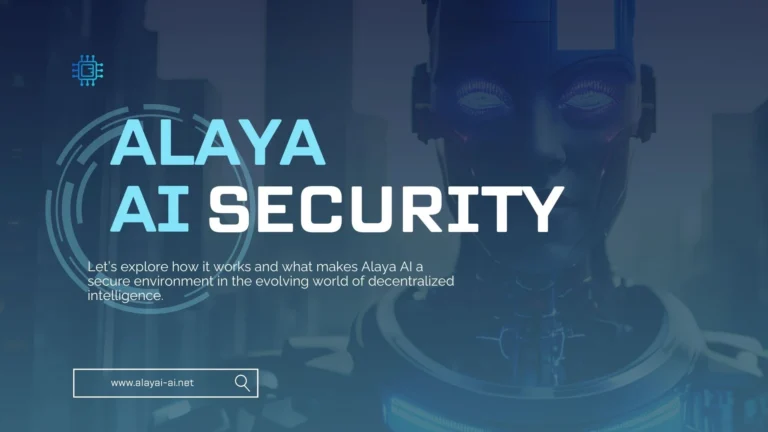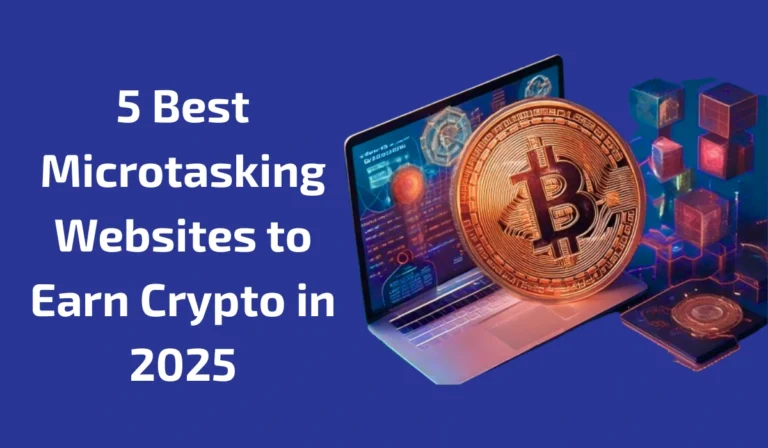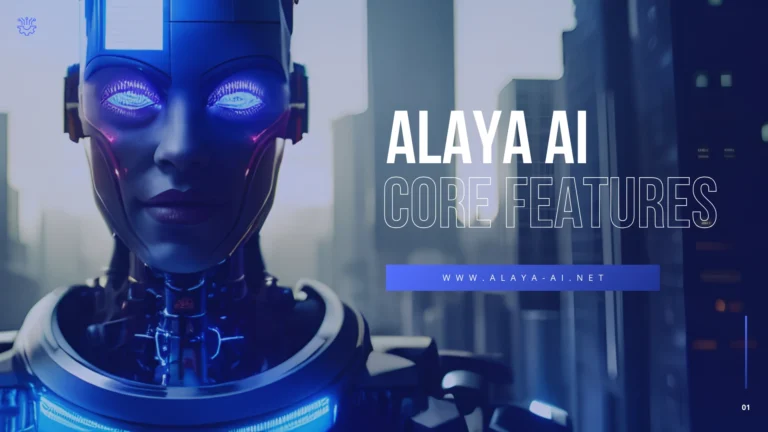Blockchain-Based Data Marketplaces: How They Work & Why They Matter in Web3

Blockchain-Based Data Marketplaces: Nowadays, data is often called the new oil. However, just like oil, it needs a marketplace in order to be traded, just like oil. An online data marketplace powered by blockchain is a decentralized platform that enables individuals and organizations to buy, sell, and share data securely without having to deal with middlemen.
Through the use of blockchain technology, these platforms can ensure transparency, security, and trust between all participants in the project.
What Is a Blockchain-Based Data Marketplace?
Basically, a blockchain-based data marketplace is a digital platform based on the blockchain technology where users can exchange data directly between them. By using smart contracts, it eliminates the need for intermediaries by automating transactions, and it keeps a transparent, immutable record of every data exchange between parties.
Key Features of Blockchain Data Marketplaces
| Feature | Description |
|---|---|
| Decentralization | No single authority controls data flow. |
| Transparency | All transactions are recorded on a public or private blockchain ledger. |
| Security | Data is encrypted and protected from unauthorized access. |
| Smart Contracts | Automatically execute terms of exchange when certain conditions are met. |
| Ownership & Consent to Data | Owners retain full control and consent rights over their data. |
How It Works: The Ocean Protocol Model
One of the most prominent platforms in this field is Ocean Protocol. Here’s a breakdown of their model:
- Publish Date: Users tokenize data into ERC721 NFTs (representing ownership) and ERC20 data tokens (representing access rights).
- Set Permissions: Sellers decide who can access or use the data.
- Monetizing Safely: Consumers purchase data tokens to securely access data or use them for AI training.
- Privacy First: The Compute-to-Data feature ensures that raw data is never exposed, preserving privacy while enabling secure data sharing and AI model development.
System Architecture (Based on ScienceSoft Insights)
Here’s a simplified structure of a decentralized data marketplace:
- User Interface: Allows users to browse, list, or search through data assets.
- Wallet: Stores tokens for transactions.
- Smart Contracts: Automate agreements and transactions.
- Off-Chain Storage: Stores the actual datasets (e.g., IPFS, Filecoin, S3).
- Blockchain Layer: Records transactions and maintains the ledger.
Benefits of Blockchain for Data Marketplaces
1: Data Monetization for Individuals
- Users can earn passive income by securely sharing their data with full consent.
2: No Middlemen
- Direct peer-to-peer exchanges reduce transaction costs and improve efficiency.
3: Improves Data Quality
- Blockchain tracks data origin and ownership, improving reliability.
4: Better Privacy Control
- Users have full control over what data they share and with whom.
5: Cross-Border Data Trading
- Smart contracts enable seamless international transactions without legal barriers.
Popular Blockchain-Based Data Marketplaces (Examples)
| Platform | Use Case | Blockchain Used |
|---|---|---|
| Ocean Protocol | AI and research data sharing | Ethereum + Custom |
| Streamr | Real-time data monetization | Ethereum |
| Datum | Personal data control | Ethereum |
| Wibson | Consumer data marketplace | Ethereum |
How Does a Blockchain Data Marketplace Work?
- User Registers on Platform: Users create profiles and integrate their wallets.
- Data is Uploaded and Tokenized: Data is broken down and converted into tokens.
- A smart contract is created: The contract defines the price, usage rights, and access terms.
- Data Buyer Pays with Crypto: The buyer pays in cryptocurrency (ETH, OCEAN, etc.), triggering the smart contract.
- Access is Granted: The buyer receives the encrypted data along with defined usage rights, and the seller is compensated.
Use cases in Real Life
- Healthcare: Secure exchange of patient data for medical research and analysis.
- Marketing: Verifying consumer behaviour data for targeted advertising.
- IoT Devices: Real-time sensor data shared by manufacturers for innovation.
- Finance: Sharing anonymized credit history to improve risk assessment models.
Challenges and limitations
- Scalability: Current blockchains may have performance bottlenecks due to high transaction fees and slow speeds.
- Data Standardization: A lack of universal data formats can create friction in data sharing.
- Privacy Concerns: Despite encryption, improperly designed systems may still expose sensitive data.
- Legal Barriers: Regulations such as GDPR may restrict data sharing across borders.
The Future of the Blockchain Data Markets
With Web3 evolving, blockchain-based data marketplaces are expected to become increasingly important for the data economy in the future.
Data ecosystems can become more open, fair, and transparent with AI, real-time analytics, and enhanced user control.
Conclusions
As a result of blockchain-based data marketplaces, the way data is exchanged, valued, and controlled is changing forever. As well as providing secure and transparent tools for businesses, researchers, and consumers, they enable data owners to empower their data.
As long as you are a developer, a startup, or even a privacy-conscious internet user, this is a very interesting space to keep an eye on as it continues to evolve over the next few years.






